Our ISKL family is made up of people from all walks of life, and we love to celebrate their stories! Two of our own, Nadine Levone, Teacher’s Assistant for Prep Senior, and Krystle van Dijk, Global Events Marketing Specialist here at ISKL, are descendants of the Berawan Tribe from Sarawak. Nadine and Krystal, who are also cousins, share their fascinating family history with us.
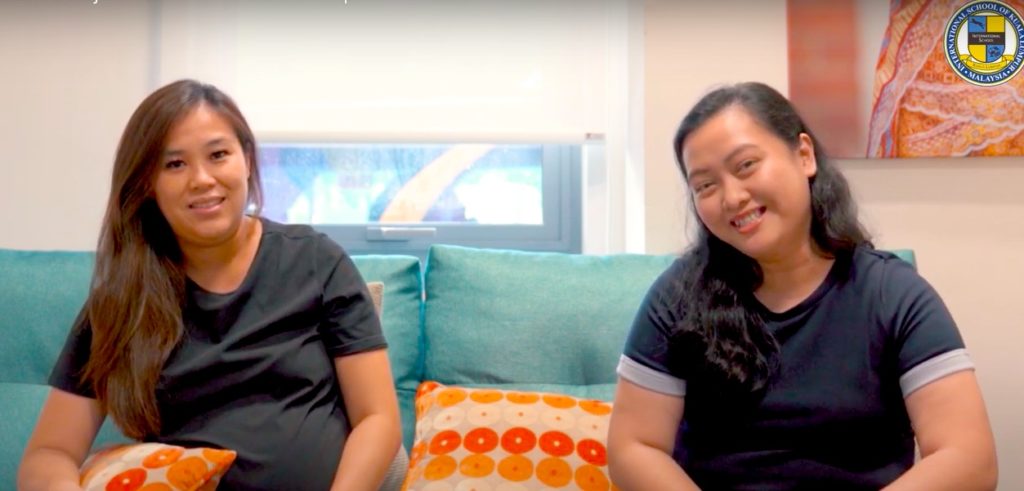
Krystle (left) and Nadine (right)
Nadine: Hi! My name is Nadine Levone, I am a Teacher’s Assistant for Prep Senior and this is my second year here in ISKL.
Krystle: My name is Krystle van Dijk, I am the Global Events Marketing Specialist here in ISKL and I’ve been working here for over two years. We are related, as Nadine’s father and my mother are siblings. We’re here to talk to you about our Sarawakian tribe and history.
Nadine: Our grandparents had seven sons and seven daughters, of which one passed away at an early age because of an illness, one son was “given” away to another family, and then they adopted two daughters from another family/tribe. Back then, I guess it was normal to have such a huge family. We’re descendants of the Berawan Tribe. In Sarawak, there are many tribes, the most common ones you may know are Iban, Bidayuh, Penan, Kayan, Melanau, Kelabit, and many more. Our tribe is part of a larger grouping of people collectively referred to as the Orang Ulu, which means the people of the interior of Sarawak. We are sometimes known as the river people. There’s roughly about 2,000 of us now – that’s a rough prediction that was shared amongst the community. We have our own language, it’s mostly verbal and very recently has incorporated literacy where the leaders of the local church translated a few books of the bible into our language – it’s still an on-going process. Most of us are Christians, some are Muslim from interracial marriages, very few are of the other religions, and we still have some who believe in paganism back from our ancestor’s time.
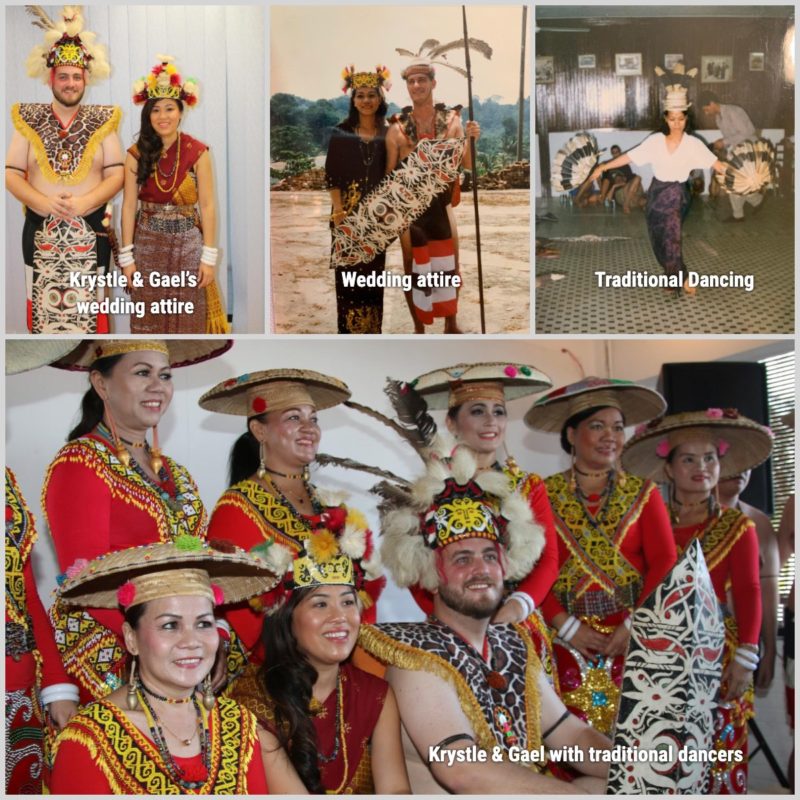
Krystle: Which even though my cousins and I don’t believe in it, we still find it fascinating to hear their beliefs and stories about witchcraft and the spirits of the jungle, and it even scares us a little!
Nadine: Yes, well anyway, I’m sure all tribes have their own beliefs and stories and we’d love to share some of this with you another time. The other tribes like Penans, Ibans, and Kelabit, have their own tribal language and there’s not many of us today that know all these tribal languages. Still, we communicate in Bahasa Melayu but most commonly Bahasa Melayu Sarawak with the other tribes.
Krystle: Our great, great grandfather was the founder of Mulu (back in 1830-1905). His name is Orang Kaya Temenggong (OKT) Lawai Melayong. His father was Kelabit and his mother was Kenyah, and they lived in a village called Long Patah, which apparently was his mother’s village. Growing up, he was an avid hunter and a hardworking man in the community. He received his OKT title from the Sultan of Brunei DYMM Sultan Omar Ali Saifudin in 1885, and was the only one to receive this titleship in the Baram region during that time. Orang Kaya Temenggong in English is difficult to translate, but our best guess is Noble Chief of the Tribe.
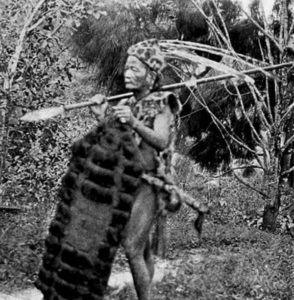
Nadine: Because our great, great grandfather lived at his mother’s village, he was considered a Kenyah Pata tribe member. It’s not clear how through the years we progressed and transformed to the name “Berawan” tribe, but we suspect it’s a mixed breed of many different tribes in between – and mostly between Kenyah and Kelabit. Anyway, the Kenyah Pata were nicknamed by the Bruneian Government as Orang Melawan. Lawan means “to go against”, as they were aggressive, arrogant, and refused to pay tax in those days when the tax collectors from Brunei requested them to pay taxes. Hence the Kenyah Patah also called themselves Melawan.
Krystle: According to the verbal history of the Kenyah Patah community, they moved the locations of their longhouses up and downstream along the Tutoh and Melinau River – the last one being the present and permanent location of Long Terawan longhouse, which is where our family’s current longhouse is. Once every four to five years, we have family reunions at the longhouse, usually during Christmas time. Everyone who lives abroad flies back to Miri and we convene there. We pack all our food supplies and whatever we need for the stay at the longhouse.
Our long house is located by the riverside but on top of the hill, so it’s a bit of a trek to walk from the boat to the actual longhouse. Floods are a common thing by the riverside, so I guess through experience, my grandfather purposely built our current longhouse on top of a hill. Back then, longhouses were built on stilts, made from wood, and could have up to 100 rooms. Nowadays, brick and cement are commonly used. We have a basic toilet and electrical needs. At Long Terawan, we even have a school in the village, but that’s more of an elementary school. When the kids are older, they head over to Long Panai (another longhouse down the river) which has a school for secondary education. Most recently, the government put up a telecommunications tower not far from our longhouse, so we are now able to get better phone coverage and wifi! Mind you, the coverage is still quite weak though.
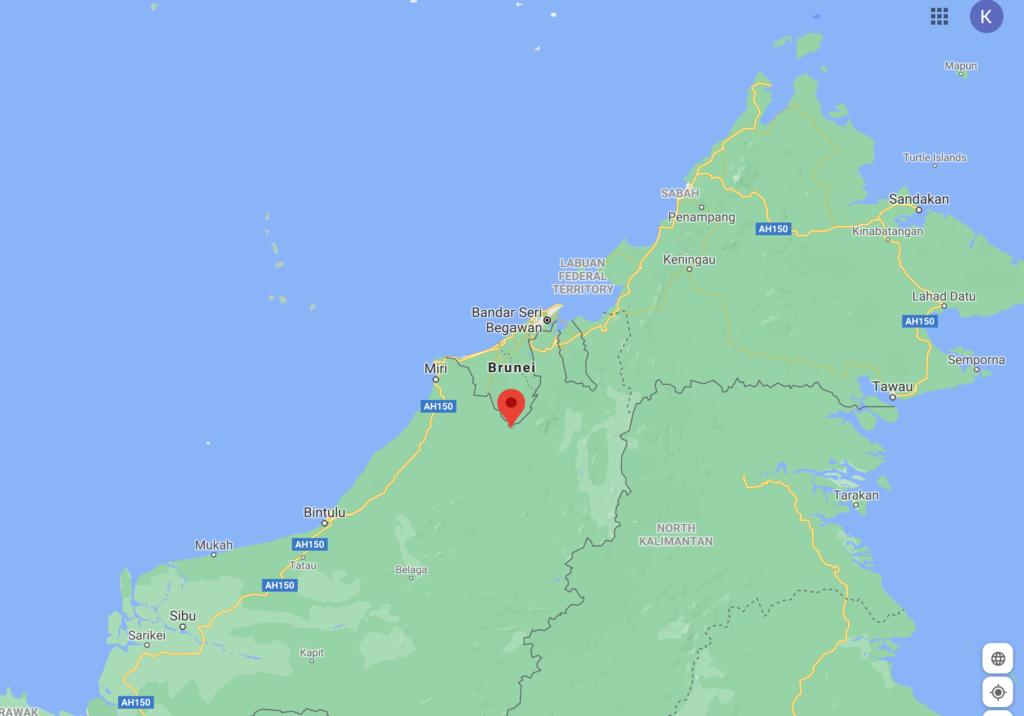

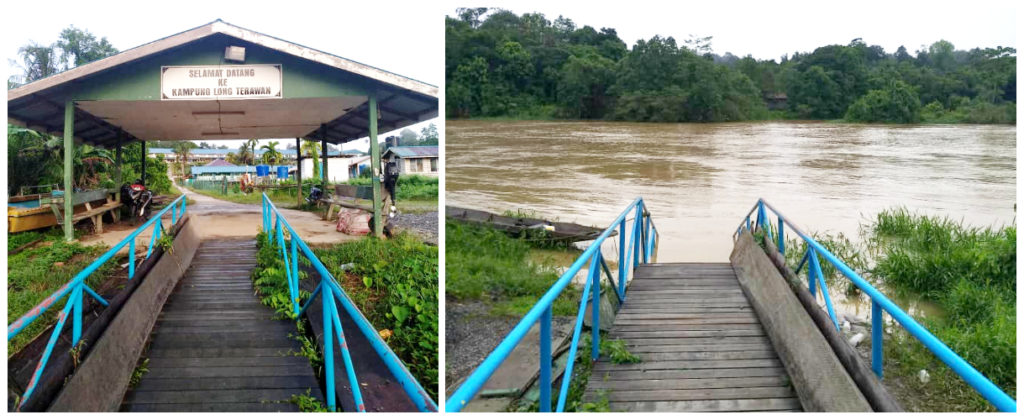
Nadine: There are three ways to get to our longhouse, before there were only two. The first and original way was to get on an express boat (which is not actually express if you count the hours) from one of the jetties off Miri, go up the river for about five hours and stop in Marudi for lunch whilst the boat refuels (which usually takes about an hour or so), and then it is another four hours until we arrive at the longhouse. By then it would be nightfall and imagine having to carry all our supplies in the dark to the longhouse from the riverside.
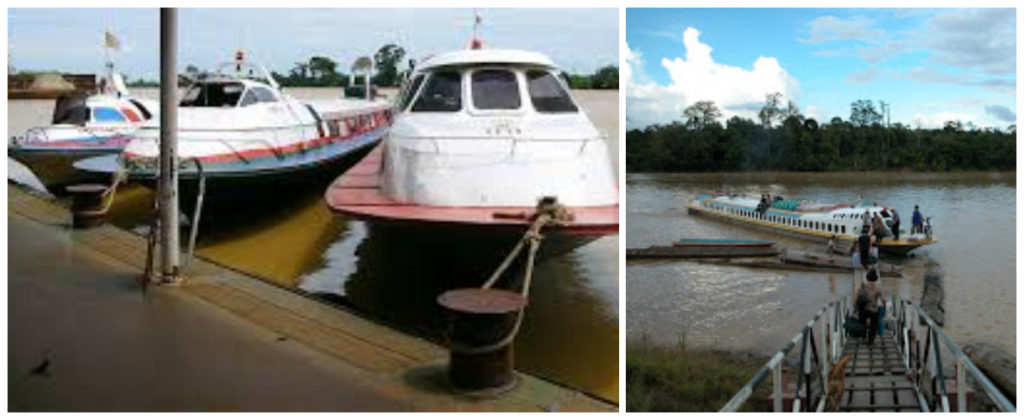
Once you’re at home, you’ll have to clean up a bit (as no one really lives there on a daily basis – so there’s loads of dust) and you’ll have to look for mattresses and clean bed sheets to sleep on, unpack the most necessary of things, because by then all you want to do is, quickly eat, maybe take a quick shower and sleep and only worry about the rest of the unpacking the next day. With a family as huge as ours, we only have two bathrooms that we share, so you can imagine the long queue! That’s not even thinking about whether the generator kicks in or whether we are showering or moving about with torches.
The second way to get to our longhouse is via Mulu. Thankfully, they’ve now built an airport in Mulu. From Miri, we fly to Mulu airport and then take a long boat from Mulu to Long Terawan and it only takes three hours, giving us ample time to clean the longhouse, unpack our necessities, and get bedrooms all sorted. This is all assuming that the flight from Miri to Mulu isn’t delayed or that the plane can even land – sometimes when the weather is bad or there’s heavy fog, the plane can’t land and we’d have to turn back to Miri airport again. This has happened once to us!
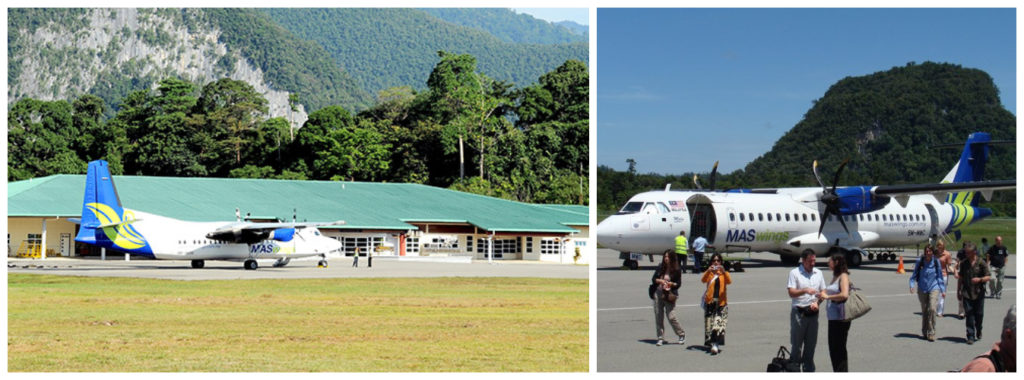
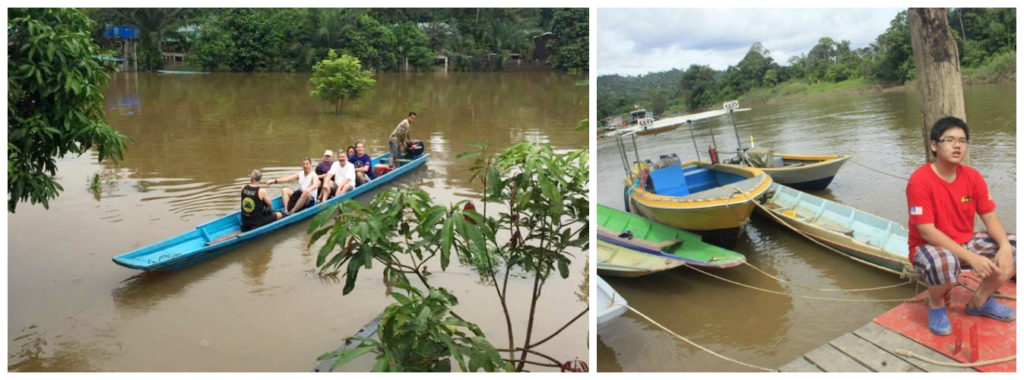
Krystle: The third way to get to our longhouse is via road. I wouldn’t actually call it a road, it’s more like a few bulldozers bulldozed their way through the rainforest and created a wide path for pickup trucks or big loading trucks to travel on. It’s basically a muddy big wide road, no street lights, and loads of holes and bumps all the way. It was actually made for trucks – palm oil companies or logging companies to haul their resources to and fro the city. I wouldn’t call it safe and if you are prone to car sickness, I highly wouldn’t recommend it as it takes about six to seven hours on a winding road.
Nadine: Hunting for wild boars and wild animals (like deer) in the jungle, fishing by the river, and farming rice fields and/or fruit trees have been the essence of how our ancestors made a living. They traded these goods with other tribes like the Penans. Until this day, my parents, aunties, and uncles still do these activities, even more so during the MCO period. They were stuck at the longhouse at the time, but it actually worked in their favor, as they had the freedom to go deep into the jungle to do all these things.
Hunting is usually done at night and you return at the crack of dawn. The men cut the fresh meat after the hunt is over, barbeque it straight after, and share the meat with everyone.
Fishing on the other hand is done in the evening, where they would cast or sink their fishing nets upriver against the current, and whatever that is caught (fish, freshwater prawns, or sometimes even turtles) are kept alive in cemented water tanks back at home.
Unfortunately, our generation has not been so involved in these activities, as we normally move on to the big cities for education and to look for jobs. It’s actually sad to know that our generation may not be able to carry these long-standing traditions and pass it down to the next generation. I do have a lot of cousins and relatives that work in Mulu National Park as tour guides and some of my younger cousins do know how to go hunting for wild boar and fishing. Sometimes I get to tag along on one of their hunting/fishing expeditions and it takes a lot of patience and waiting around, but it’s a lot of fun if you’re into that kind of stuff.
Krystle: Speaking of dying traditions, there’s definitely one tradition that is completely dead, and that is headhunting. Our ancestors were headhunters. Headhunting was only used during war with our enemies. It was their only way to protect, govern, and maintain peace – I guess through fear. The number of heads collected is directly proportional to how good a warrior you were. The heads of the enemies were hung at the longhouse patio for show.
Another dead tradition is our caste system. Back then, they had nobles, commoners, and slaves. So if you had OKT in your name – your family lineage was of a noble class. The noble classes relied on commoners and slaves to carry out daily activities. In return, these commoners and slaves were paid in terms of food and accommodation. Beads were not only used as accessories but also as currency. Only the noble class had expensive beads, and it was said that a single bead could purchase one human slave.
Nadine: I do love going back to the longhouse because it helps me to stay rooted in my identity and unwind with nature. I was practically raised at the longhouse by my grandparents as my parents both had to work, so Long Terawan is very close to my heart and I love how the stars shine the brightest there at night. When night falls, everything comes to complete silence, the still of the night gives you peace of mind, and you are one with nature listening to the cicadas singing as you fall asleep. Then at dawn, the fresh air that you breathe in gives you that kick you need to start the day! As for Mulu, I remember it to be a vacation home for me every time we had school term breaks. I’ve been to the caves countless times, and each time it still amazes me. Swimming in the clear fresh river in Mulu is one of my favorite things to do and I just love how close I am with nature. You are cut off from complicated technologies and busy cities, and you get to really see life as it is, simple and peaceful. I would love for all the ISKL family to experience the longhouse life as I did, and also the rich nature of Mulu. Maybe in the near future and since it’s all about ‘Cuti-Cuti Malaysia’ now that we can’t fly out of the country, try visiting one of the longhouses in Sarawak or even take a tour of the towns and cities in Sarawak for a change. I think all you need for a trip to Sarawak is to be adventurous and flexible!
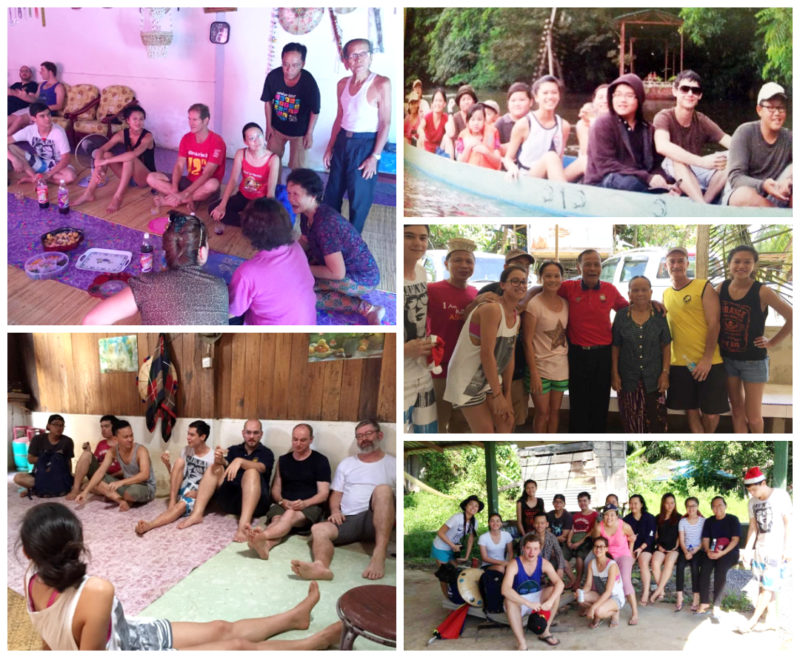
Krystle: I have such fond memories of visiting the longhouse, as a kid, during our family celebrations. Playing with my cousins up and down the hallways from room to room, playing football barefoot in the fields, and swimming in the river. Mulu is another fond memory of mine, I once did the Garden of Eden cave adventure and it was absolutely a wonderful experience, you get to swim in through the cave and on the other side, you get to this untouched raw jungle, walk along the pebbled stream, and just absorb all the beauty of the jungle. Unfortunately, it’s no longer open for tourists, as it has become a dangerous expedition due to flash floods. If you do get a chance to go on holiday in Sarawak, do visit the local tribes if you can and the beautiful Mulu Caves! It’s certainly a different type of holiday from the West side of Malaysia. My tip would be to bring lots of mosquito repellent, cotton clothes, comfortable shoes that you don’t mind getting muddy or dirty, and a tropical raincoat because it can get wet. Oh and keep an open mind! You may be asked to try all sorts of food that you wouldn’t normally eat!


